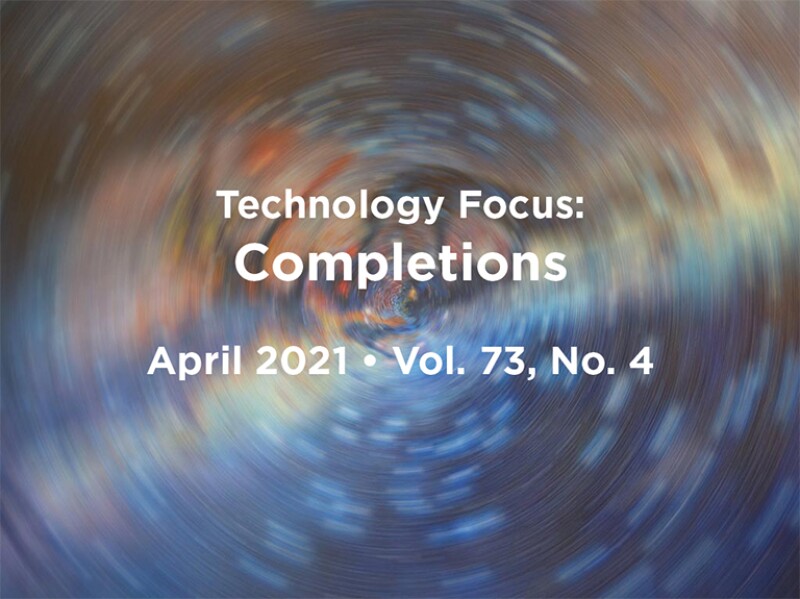In the 2020 Completions Technology Focus, I stated that digitization will forever change how the most complex problems in our industry are solved. And, despite another severe downturn in the upstream industry, data science continues to provide solutions for complex unconventional well problems.
Casing Damage
Casing collapse is an ongoing problem and almost always occurs in the heel of the well. It prevents passage of frac plugs and milling tools. Forcing a frac plug through the collapsed section damages the plug, predisposing it to failure, which leads to more casing damage and poor stimulation. One team has developed a machine-learning (ML) model showing a positive correlation between zones with high fracturing gradients and collapsed casing. The objective is a predictive tool that enables a completion design that avoids these zones.
Fracture-Driven Interactions (FDIs) Can Be Avoided in Real Time
Pressurized fracturing fluids from one well can communicate with fractures in a nearby well or can intersect that wellbore. Such FDIs can occur while fracturing a child well and can negatively affect production in the parent well. FDIs are caused by well spacing, depletion, or completion design but, until recently, were not quickly diagnosed. Analytics and machine learning now are being used to analyze streaming data sets during a frac job to detect FDIs. A recently piloted detection system alerts the operator in real time, which enables avoidance of FDIs on the fly.
Data Science Provides the Tools
Analyzing casing damage and FDIs is a complex task involving large amounts of data already available or easily acquired. Tools such as ML perform the data analysis and enable decision making. Data science is enabling the unconventional “onion” to be peeled many layers at a time.
This Month’s Technical Papers
Geomechanical Measurements and Machine Learning Help Predict Trouble Stages
Successful Fishbone Stimulation Completion for an Onshore Oil Field, United Arab Emirates
Completion Design Evaluated by Use of Field Offset Well-Pressure Measurements
Recommended Additional Reading
SPE 199967 Artificial Intelligence for Real-Time Monitoring of Fracture-Driven Interactions and Simultaneous Completion Optimization by Hayley Stephenson, Baker Hughes, et al.
SPE 201615 Novel Completion Design To Bypass Damage and Increase Reservoir Contact: A Middle Magdalena, Central Colombian Case History by Rosana Polo, Oxy, et al.
SPE 202966 Well Completion Optimization in Canada Tight Gas Fields Using Ensemble Machine Learning by Lulu Liao, Sinopec, et al.

Doug Lehr, SPE, is a consultant and was previously senior manager for design for reliability activities at Baker Hughes. He has more than 40 years of experience in the development of downhole tools for completion and intervention applications, including high-pressure/high-temperature (HP/HT) packers, composite fracturing plugs, and deepwater intervention tools. Lehr has authored nine technical papers, holds 29 patents, and has chaired SPE HP/HT workshops. He holds a BS degree in mechanical engineering from The University of Texas at Austin and an MBA degree in finance and marketing from the University of Houston. Lehr was an SPE Distinguished Lecturer and has won numerous engineering awards. He is a member of the JPT Editorial Review Committee and can be reached at douglehrpe@gmail.com.

